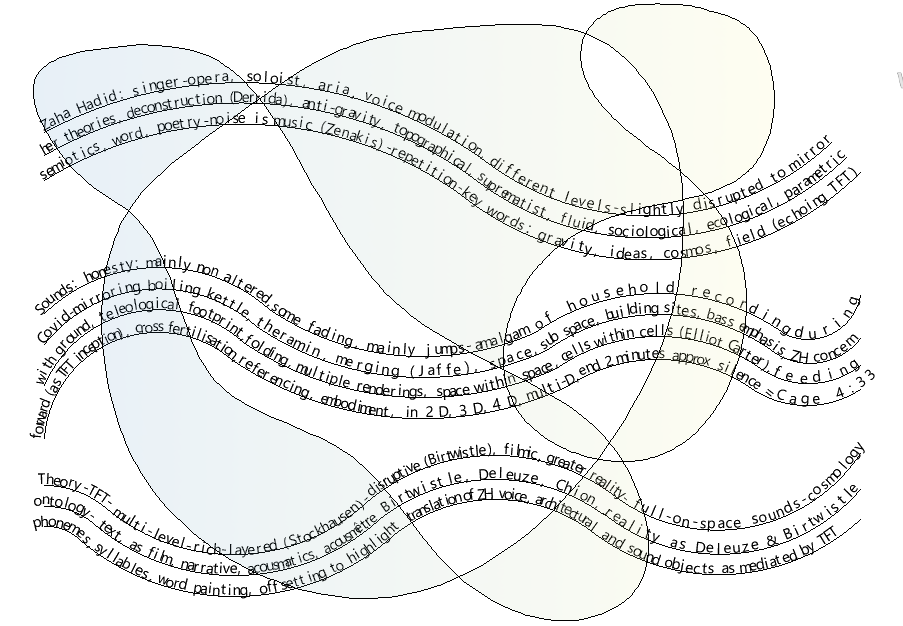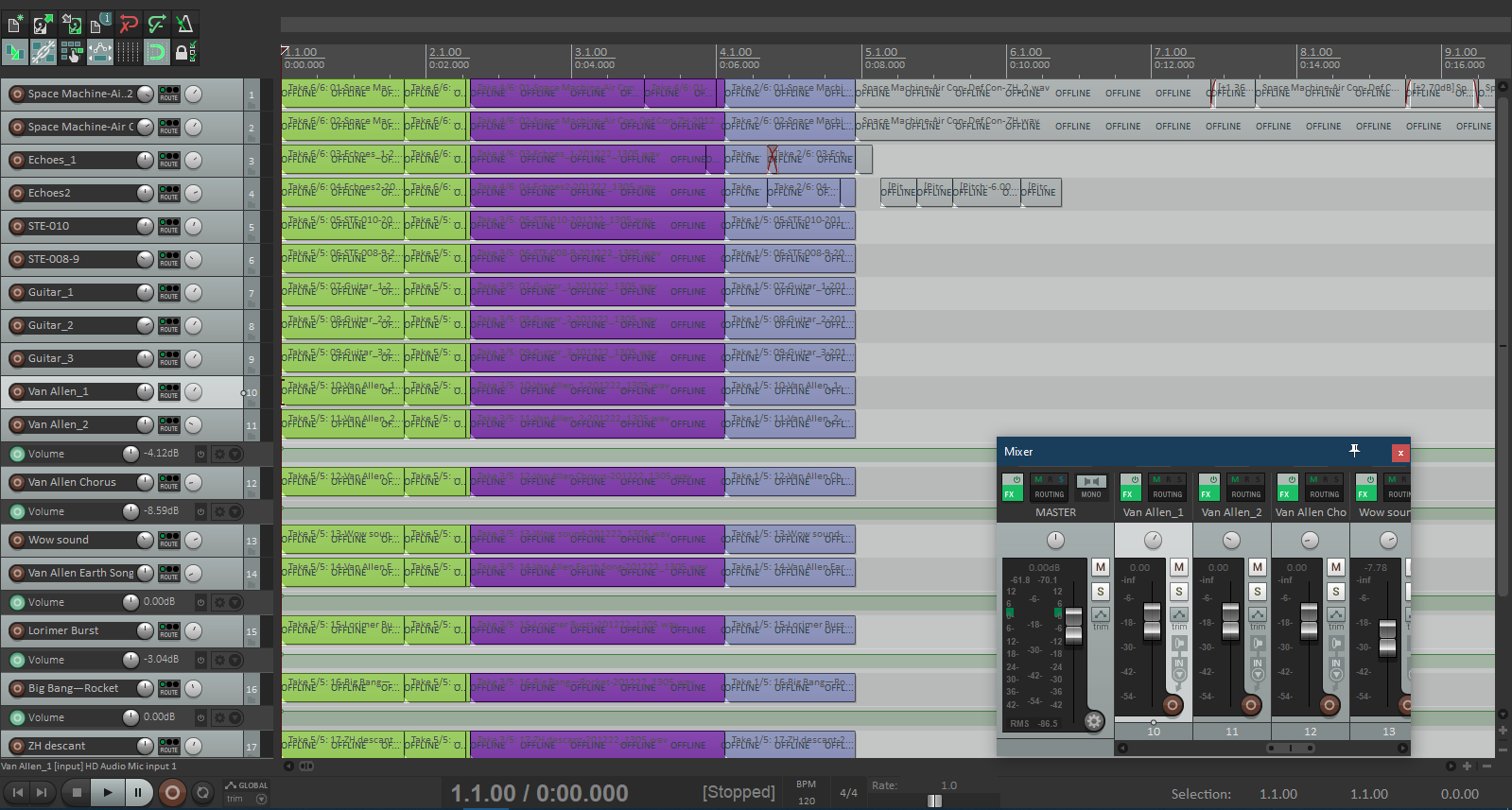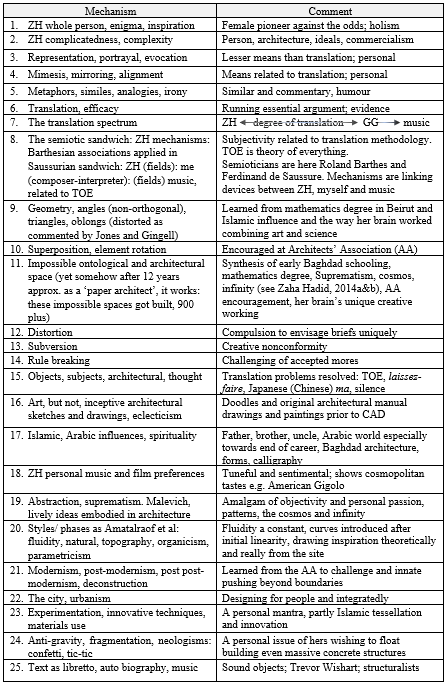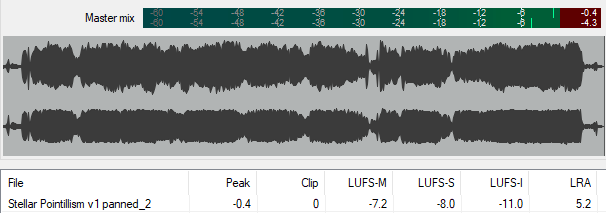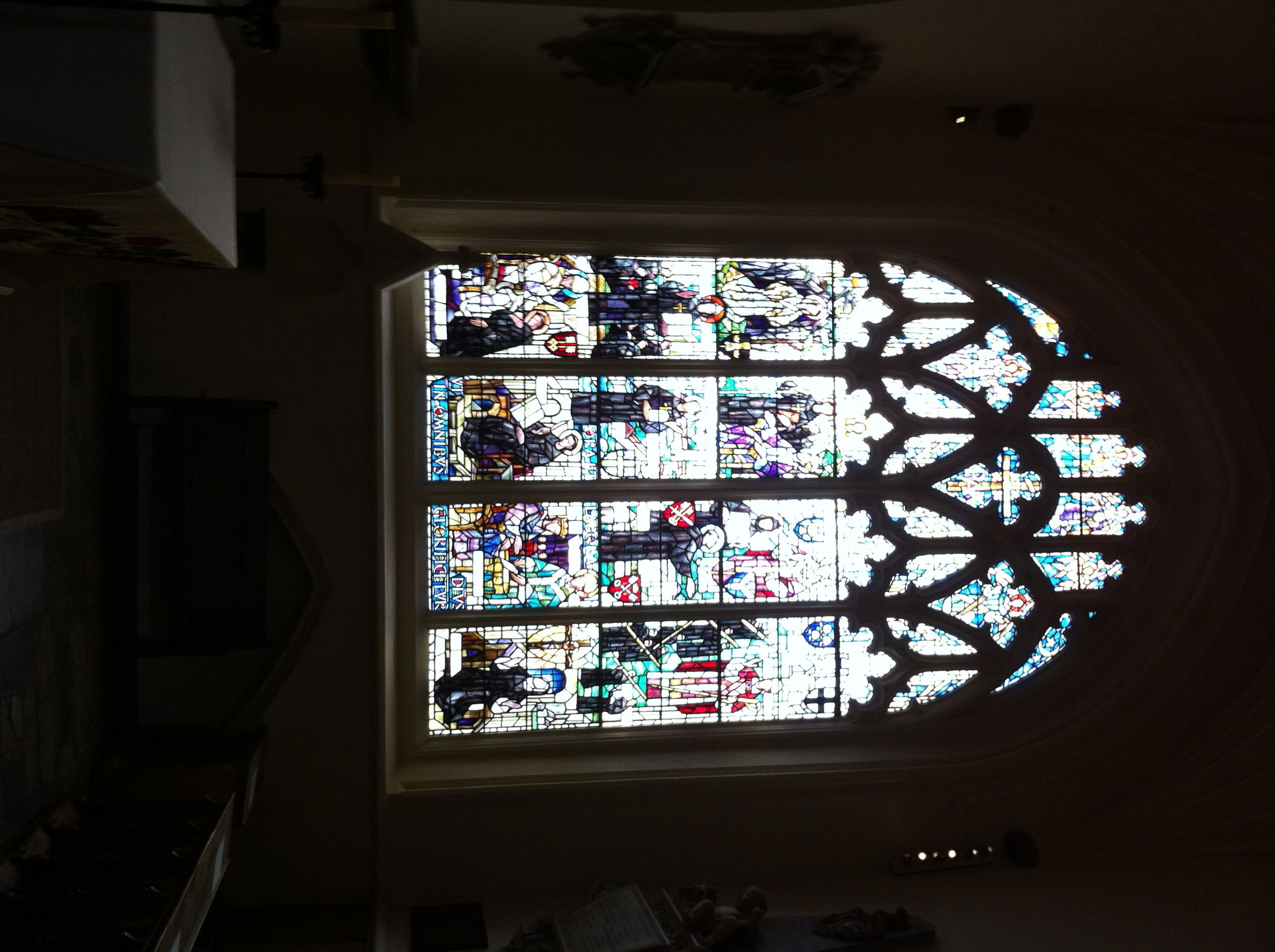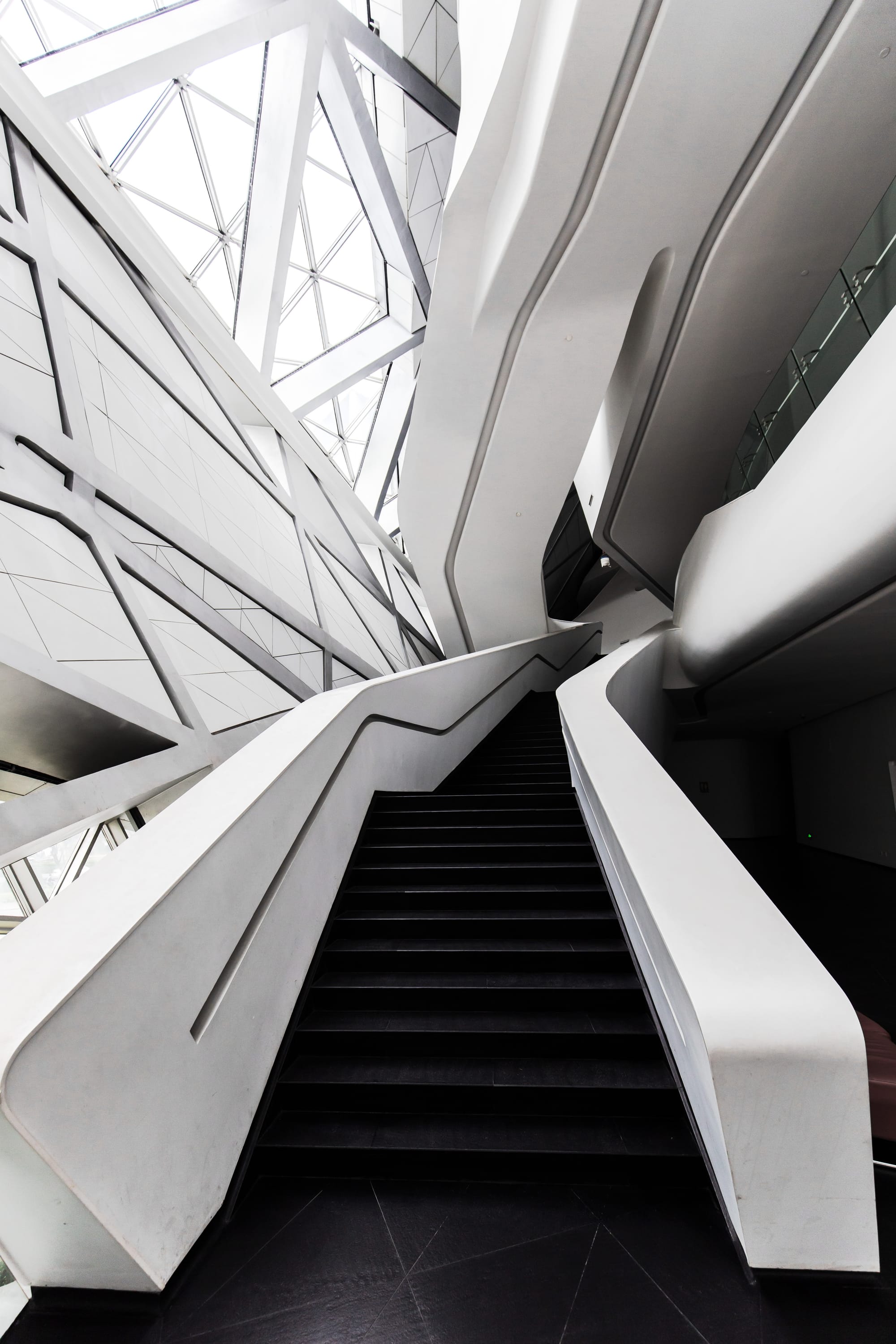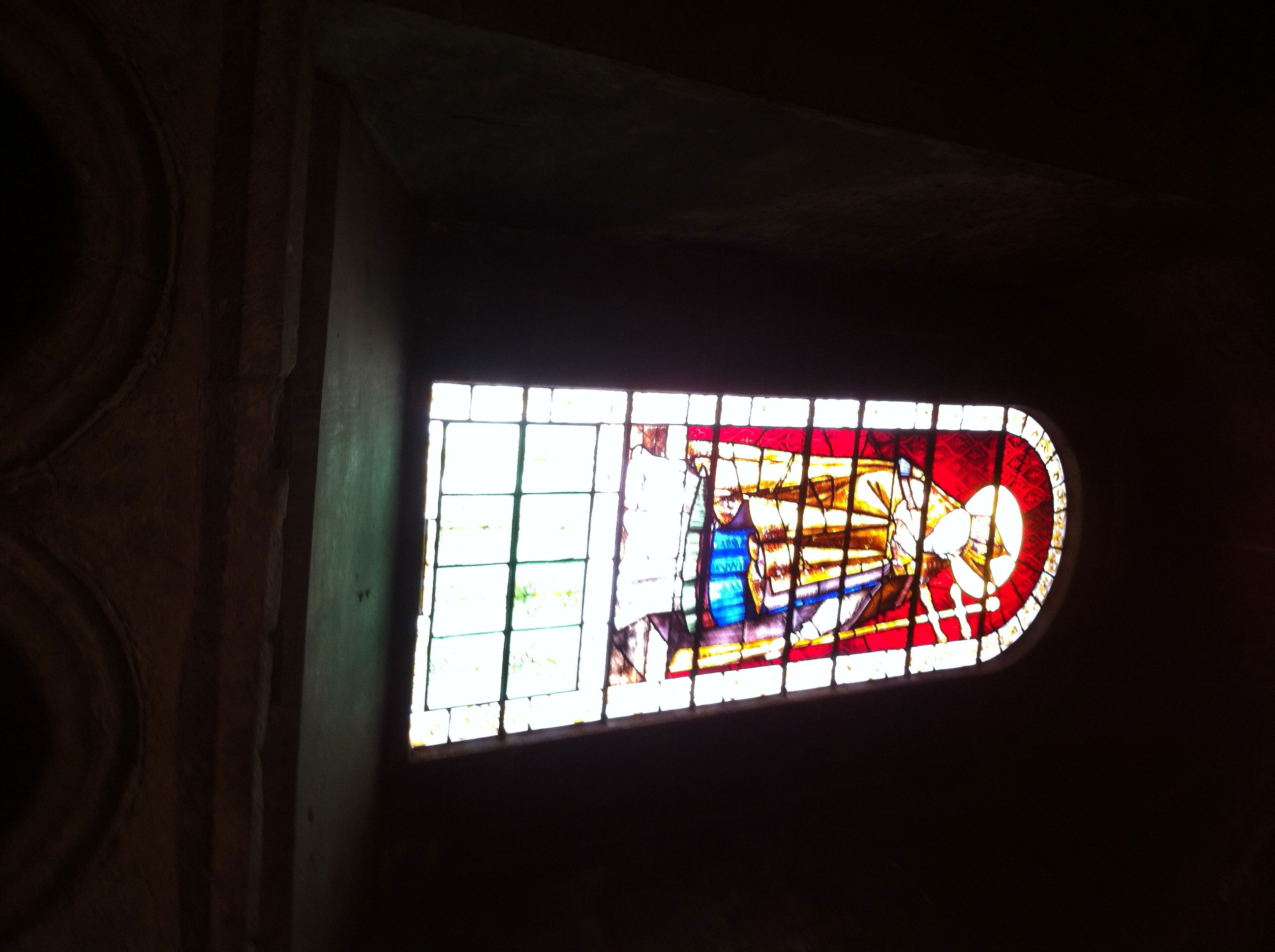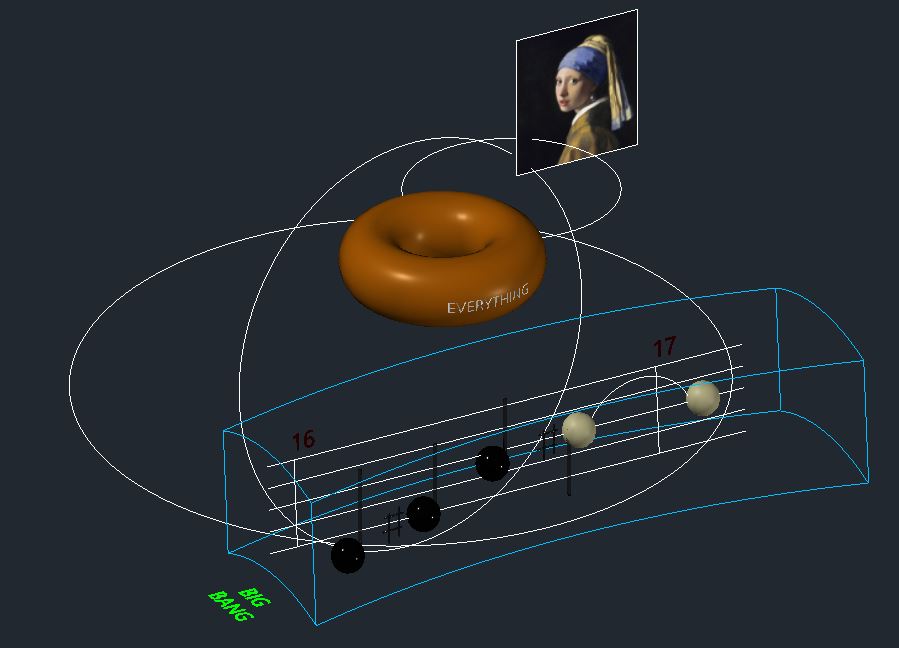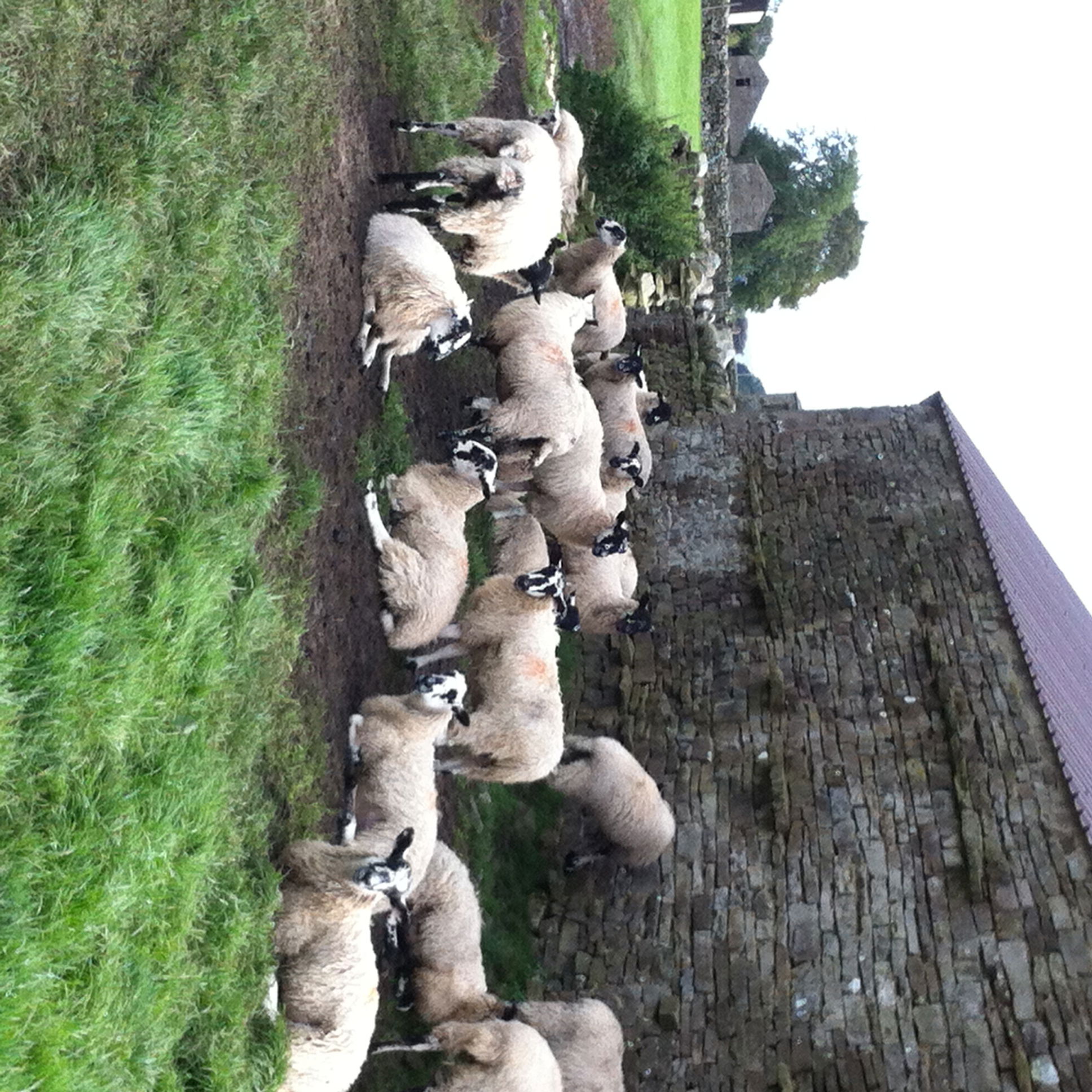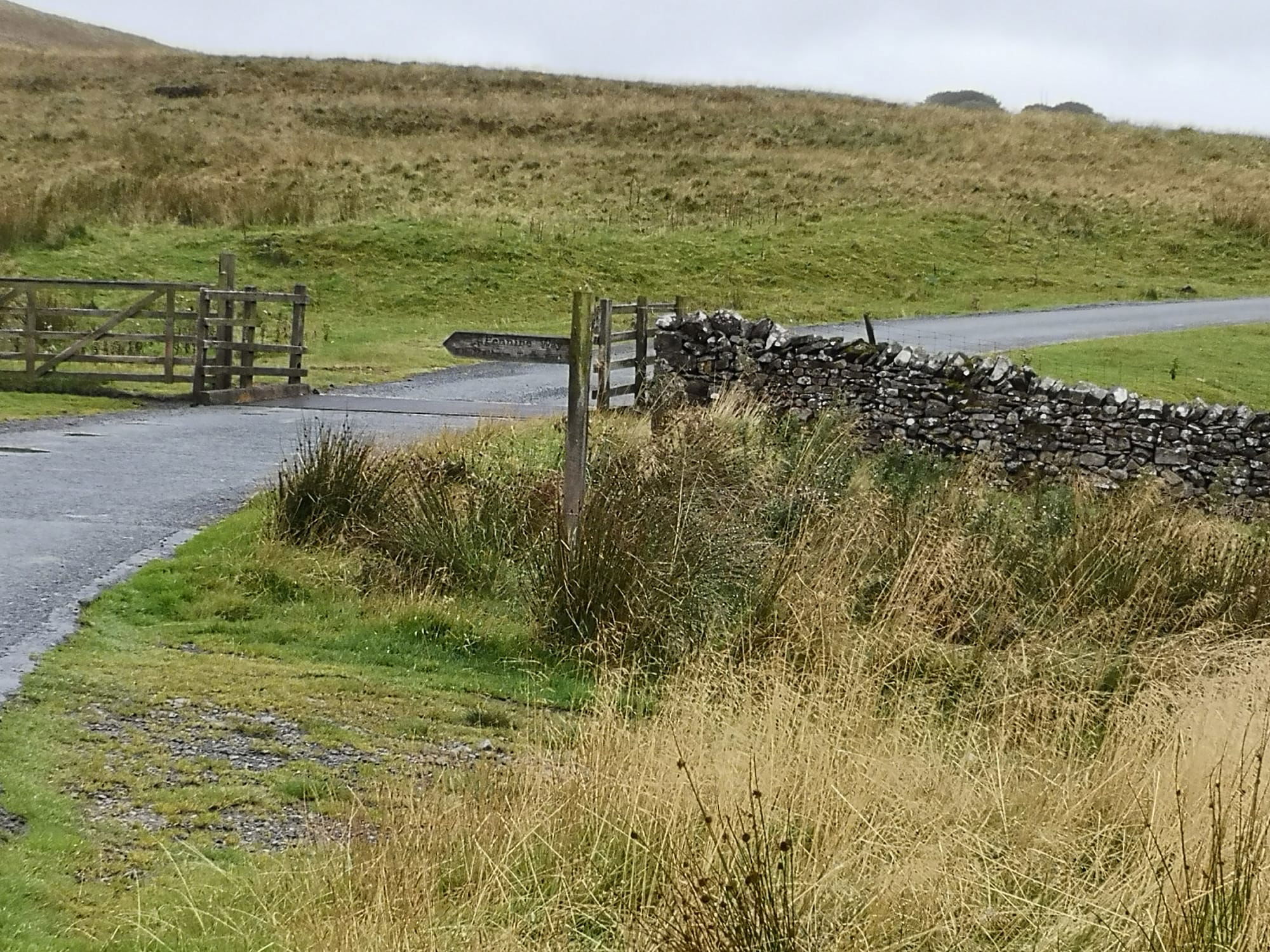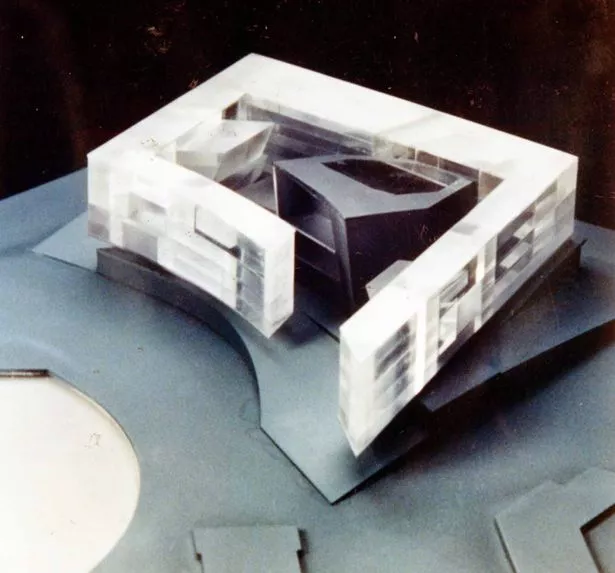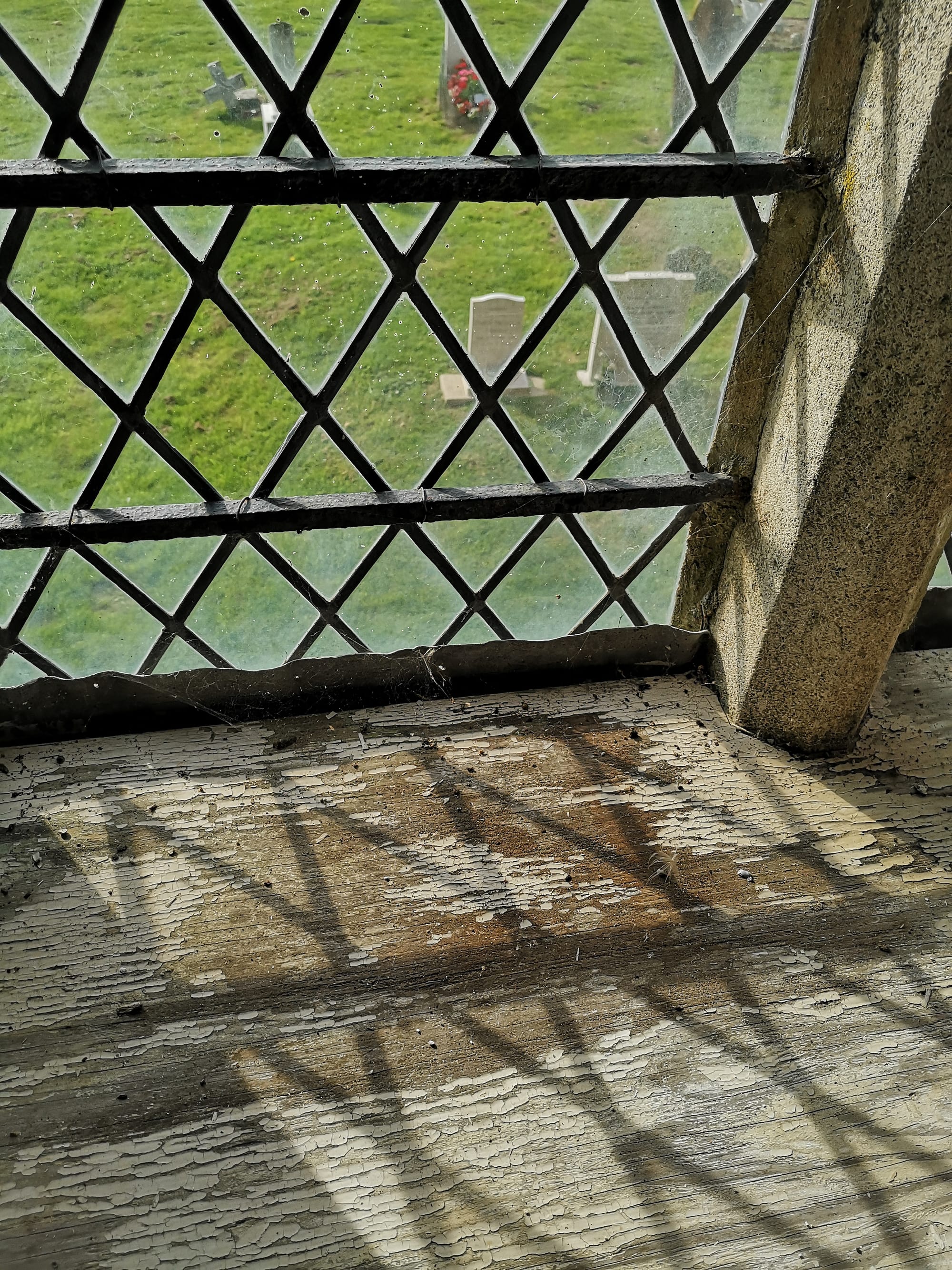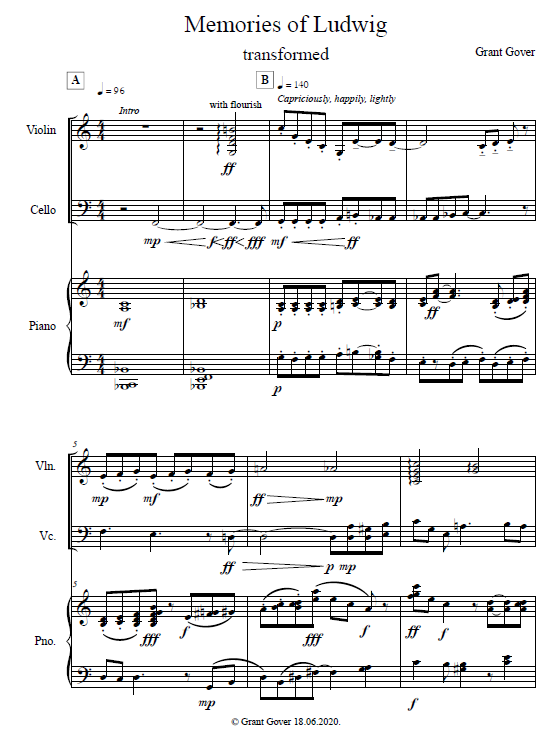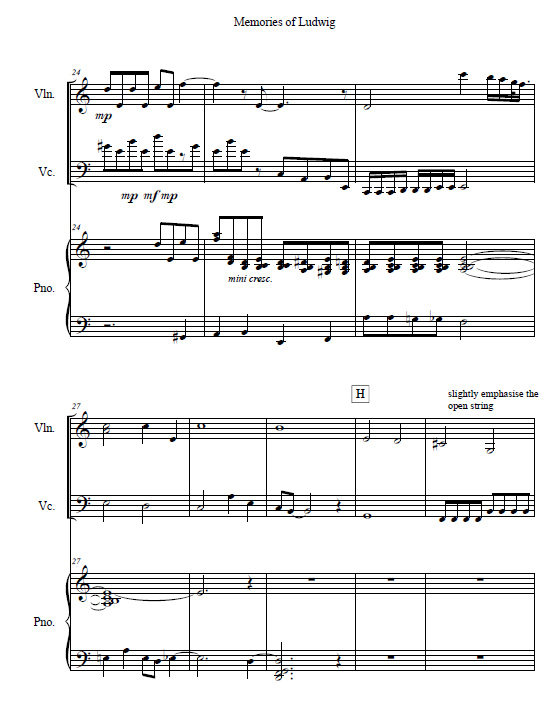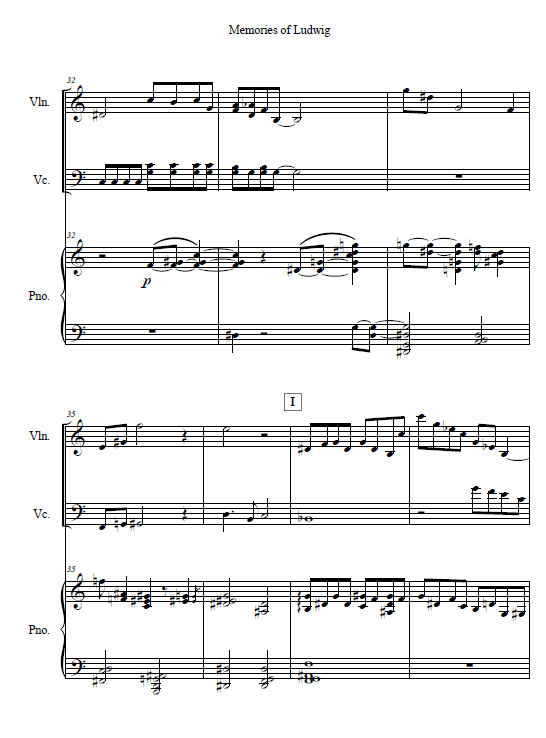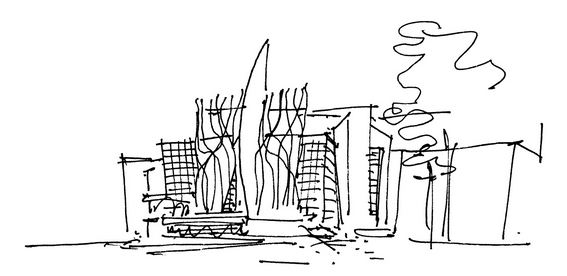
Chou, Chao-Chiun. (2020). ‘The Depth of Sound‹. The Creation of Sonic Space in Works by Giacinto Scelsi and Gérard Grisey’, in Klang: Wundertüte oder Stiefkind der Musiktheorie. 16. Jahreskongress der Gesellschaft für Musiktheorie Hannover 2016 (= GMTH Proceedings 2016), hg. von Britta Giesecke von Bergh, Volker Helbing, Sebastian Knappe und Sören Sönksen, 151–162. p.11, veröffentlicht / first published: 01/10/2020. Available at: https://doi.org/10.31751.
Dauben, Joseph, W. (1983). ‘Georg Cantor and the Origins of the Transfinite Set Theory’. Scientific American, June, Vol. 248, No. 6, pp. 122-131. Available at; https://www.jstor.org/stable/pdf/24968925.pdf?refreqid=excelsior%3A7f233edd6968730574fd5d1ed5548e71&ab_segments=&origin=&acceptTC=1.
Eagle, Antony. (2021). ‘Chance versus Randomness’. Stanford Encyclopedia of Philosophy, Spring, Edward N Zalta (Ed.) [online]. Available at: https://plato.stanford.edu/entries/chance-randomness.
Iddon, Martin. (2013). New Music at Darmstadt, Nono, Stockhausen, Cage and Boulez. Cambridge: Cambridge University Press.
Jones, Luke and Gingell, George. (2020). ‘Life and Work of Zaha Hadid’, in four episodes Available at:
Ep 1 The AA Days: https://www.youtube.com/watch?v=UJzrXbOixhU.
Ep 2 The Peak Competition: https://www.youtube.com/watch?v=UJzrXbOixhU
Ep 3 From Vitra to Cardiff Opera House: https://www.youtube.com/watch?v=dSe8eKREIio&t=0s.
Ep 4 The Parametric Years: https://www.youtube.com/watch?v=Iw7xbmuxHkE&t=0s.
Nielinger-Vakil, Carola. (2016). Luigi Nono: A Composer in Context. Cambridge : Cambridge University Press.
Pasticci, Susanna. (Chief Ed., Direttore). (2022). ‘Berio and dramatical space’. Chigiana, Journal of Musicological Studies, Academia Musicale Chigiana. Available at: https://www.journal.chigiana.org/berio-and-dramaturgical-space.
Steiner, Hans-Christophe. (1999). ‘1958 – Philips Pavilion Poème Electronique, by Le Corbusier, Iannis Xenakis, and Edgar Varèse’. Available at: https://at.or.at/hans/misc/itp/newmediahistory/philipspavilion.xhtml.
Tobin, David, S. (2020). ‘Cardiff Bay Opera House’. Tobin. Available at: https://tobinarchitecture.com/portfolio/cardiff-bay-opera-house.







